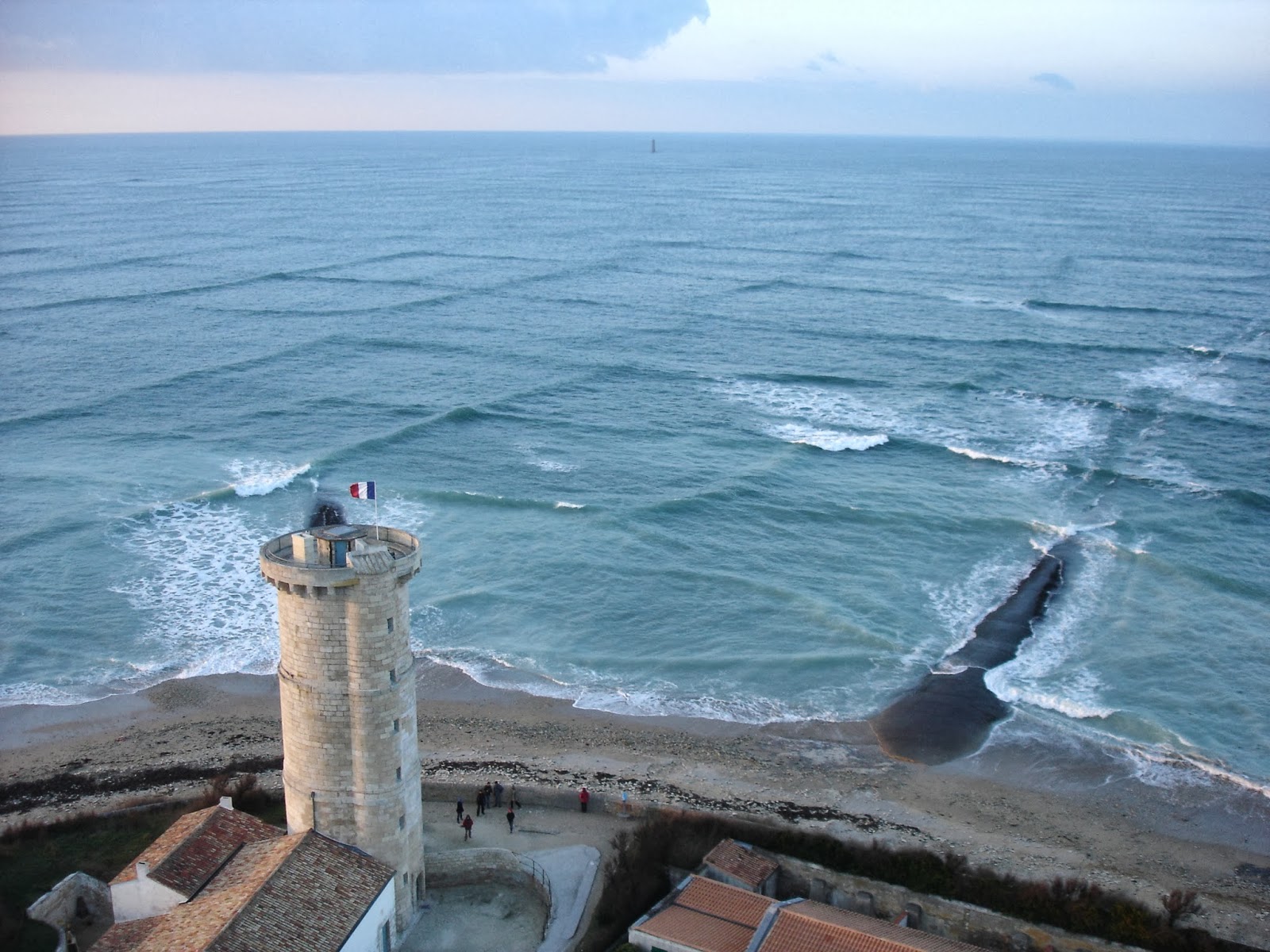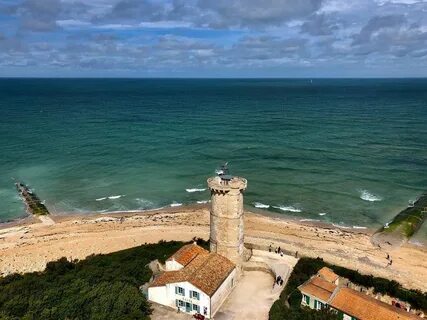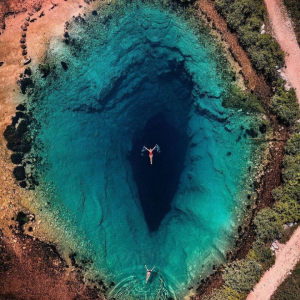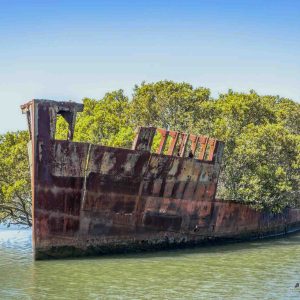When two wave systems travel at oblique angles, they sometimes create the incredible phenomenon of square waves.
Two wave systems creating a cross swell at Île de Ré, France. Photo: Michel Griffon

A cross sea (also referred to as a squared sea or square waves) is a rare and stunning sight of ocean waves that form a square pattern. But don’t be fooled by its beauty – it’s also very dangerous for swimmers and boaters.
This peculiar sea state occurs when wind-generated ocean waves form nonparallel wave systems with a large amount of directional spreading. This means that the waves come from different directions and interfere with each other, creating a grid-like pattern on the water surface.

A cross sea can occur when water waves from one weather system continue despite a shift in wind. Waves generated by the new wind run at an angle to the old. Two weather systems that are far from each other may also create a cross sea when the waves from the systems meet at a place far from either weather system. Until the older waves have dissipated, they can present a perilous sea hazard.
Cross sea near Lisbon, Portugal in April 2019. Photo: Rehman Abubakr
A cross swell is a similar phenomenon, but it involves longer-period swells, rather than short-period wind-generated waves. Swells are waves that have traveled far from their source and have become more regular and smooth. A cross swell can also form when two swells coexist at oblique angles.
A cross sea is fairly common and a large percentage of ship accidents have been found to occur in this state. Vessels fare better against large waves when sailing directly perpendicular to oncoming surf. In a cross sea scenario, that becomes impossible as sailing into one set of waves necessitates sailing parallel to the other.

Another photo of a cross swell taken at the same lighthouse at Petit phare des Baleines, Île de Ré, France. Photo: Le Guide Charente Maritime
More common in shallow waters, cross seas can often be seen off the western point of France’s Isle of Rhé (see images above), for example, or on the beaches of Tel Aviv (see video below), though they can arise in many coastal regions around the world.
They are usually associated with strong and powerful rip tides, which are fast-moving currents that can pull swimmers away from the shore.

The waves in a cross sea can also be unusually tall and steep, reaching up to nearly three meters high in some cases. These are sometimes called white walls, because they look like vertical walls of water that can tip over large boats and cause shipwrecks.
If you see a cross sea, you should under no circumstances enter the water. And if, by some chance, they suddenly appear around you, then the idea is to get to shore as quickly as possible. When the ocean goes rogue, it doesn’t mess around. Neither should you.
Sources: 1, 2, 3, 4





